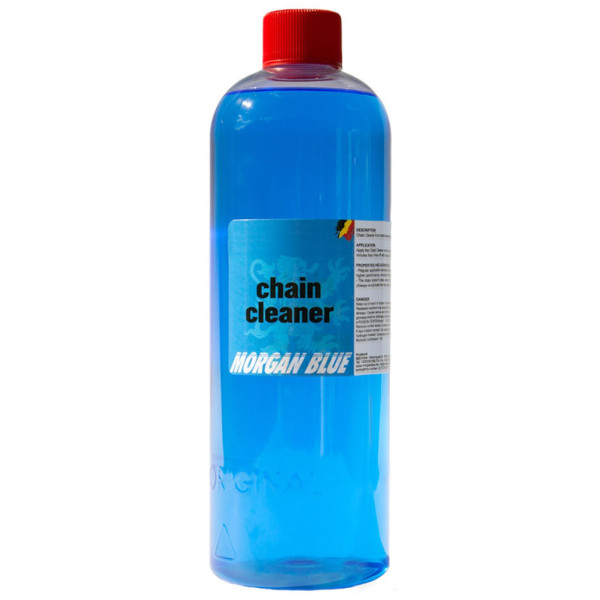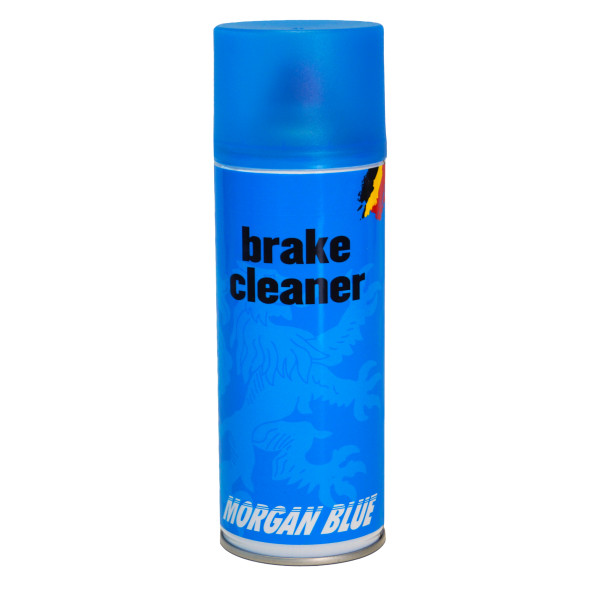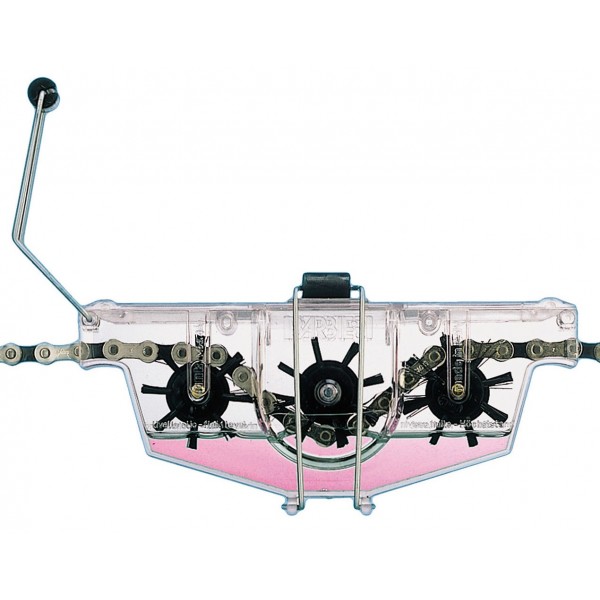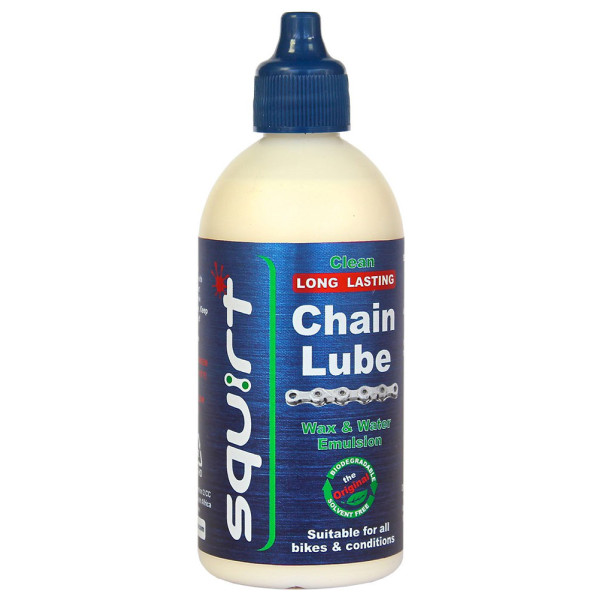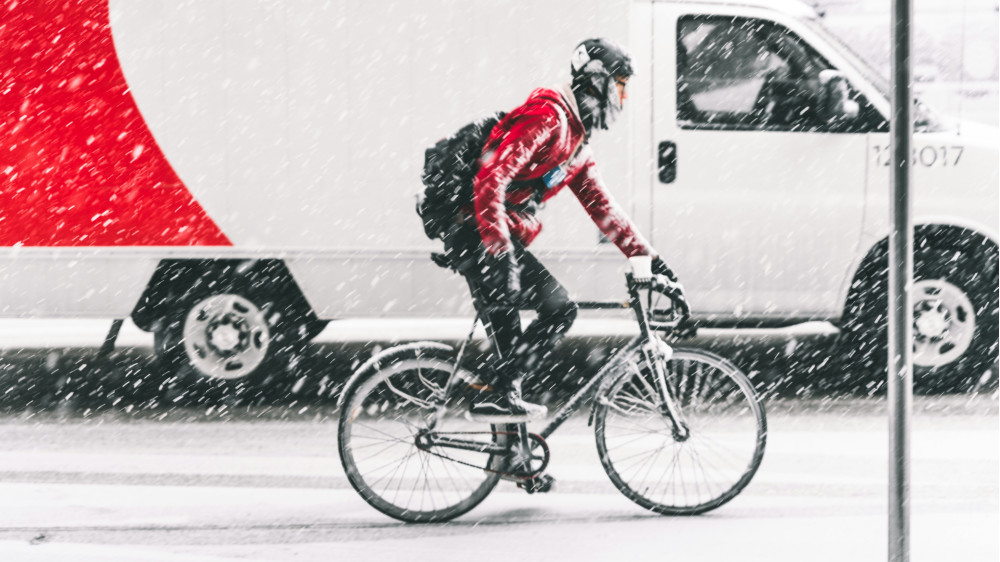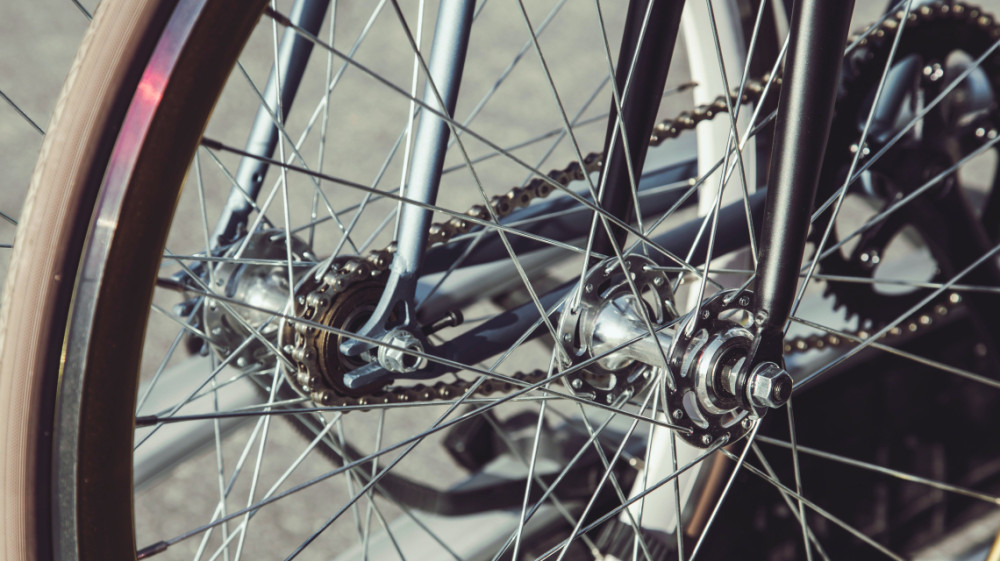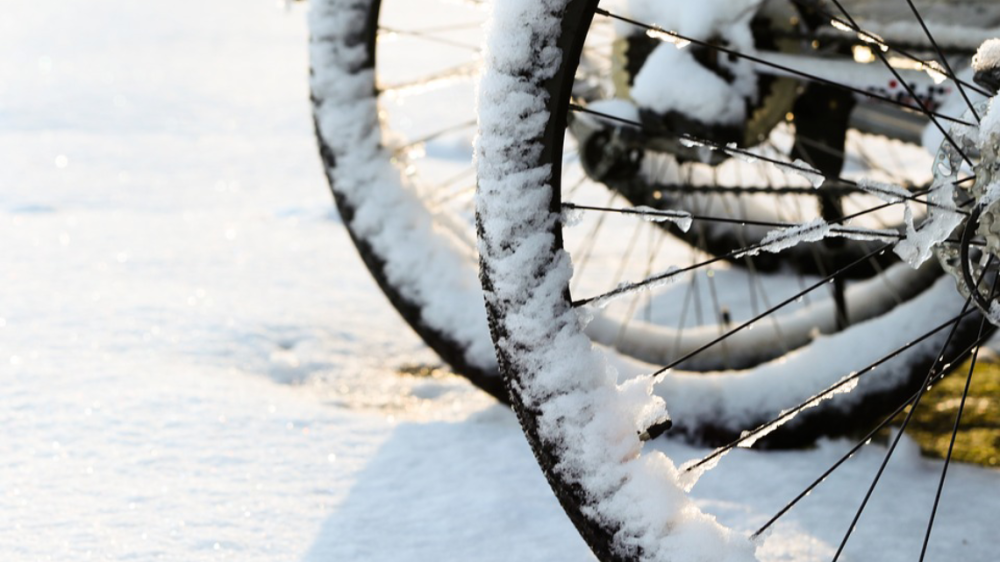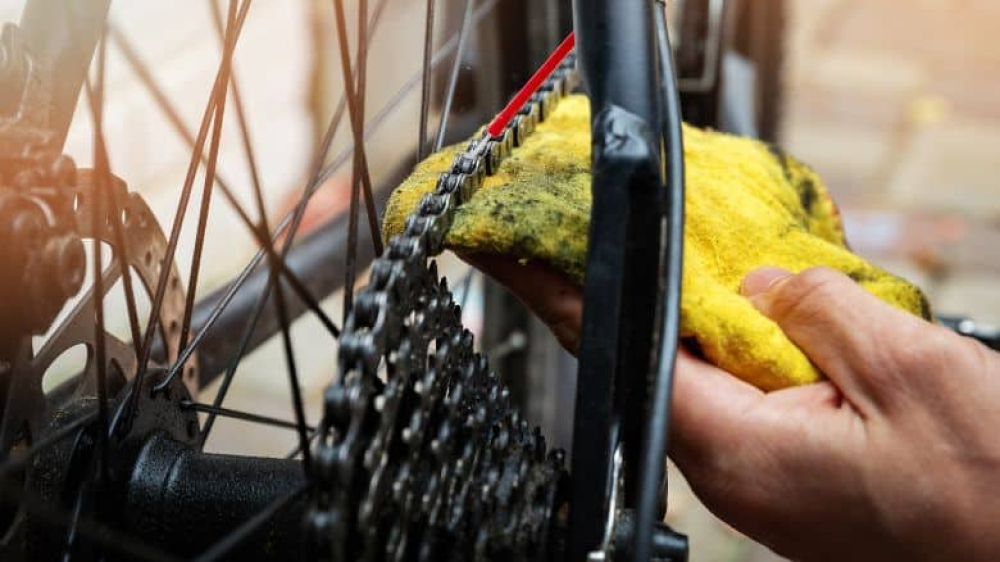Cyclists could adapt Lithuanian folk wisdom and rephrase the saying "as you make your bed, so you must lie in it" to "as you lube it, so you ride it." Regular and careful maintenance can ensure that all bike parts work perfectly – so in this text, we'll share tips on which bike parts need the most attention, how to take care of your bike depending on the conditions you ride in, and which tasks you can do yourself and when it is best to see a bike mechanic.
Bike maintenance: an investment in safety and smooth journeys
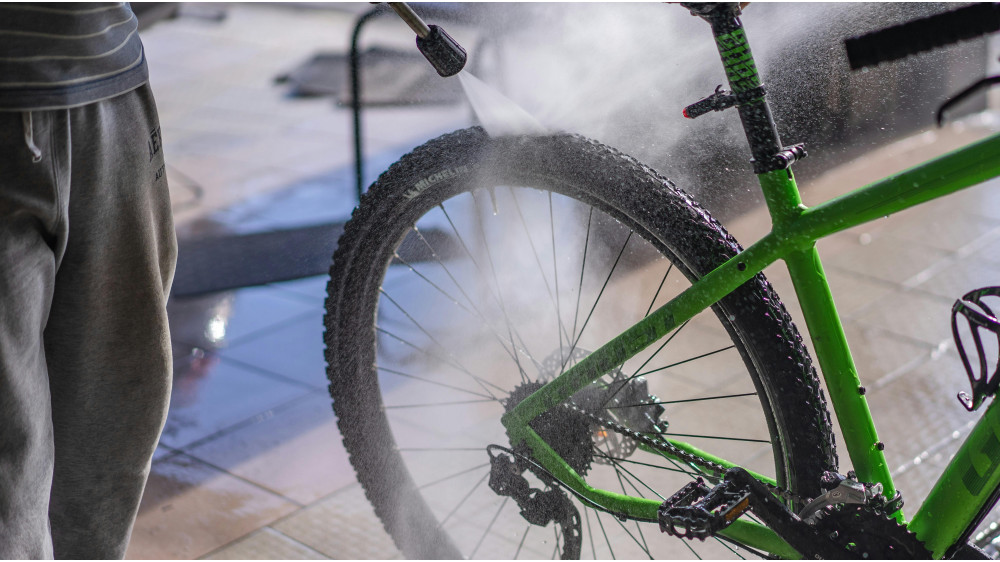
 Vytautas Kaupas
Vytautas Kaupas
Bike Parts That Require the Most Maintenance
Bike Tires
Speed, comfort, and safety depend on the tires. Therefore, they require special care and regular attention. We recommend checking and inflating tire pressure before every ride, and inspecting the tires for wear at least a few times per season. If you notice the tread depth decreasing, it's time to replace the tires – this will help you avoid punctures and accidents, such as skidding around a corner. If your bike has tubeless tires, maintenance also includes topping up the sealant.
Bike Brakes
Brake system maintenance starts with checking the condition of the brake pads – worn pads can increase the stopping distance. It's also important to check the tension of the brake cables and, in hydraulic brake systems, the level of brake fluid. When the fluid level drops, braking power decreases.
Moreover, if the brakes start making strange noises, it may indicate that they are dirty. In such cases, cleaning the brake rotors may be enough, but if the unpleasant noises persist, you may need to disassemble the brakes to remove accumulated dirt from the brake pads.
Bike Chain
The bike chain is responsible for effectively transferring your pedaling power and ensuring smooth movement, so it needs to be lubricated and cleaned regularly. By doing this, you kill two birds with one stone – ensure smooth pedaling and protect the chain and bike cassette from premature wear.
Even with perfect chain maintenance, it gradually stretches over time, so we recommend measuring your chain with a special tool every thousand kilometers ridden. If you fail to identify chain elongation in time, it reduces pedaling efficiency, impairs gear shifting, and the chain may start falling off, which is a common cause of accidents.
Derailleurs and Other Components
Poor gear shifting or worse – a broken cable – can spoil your ride. Therefore, it is worth regularly checking the tension of all cables – this applies if you use a standard, non-electric gear system. Additionally, it's worth inspecting less noticeable elements, such as bearings, cranksets, and wheel hubs, which may also need maintenance. For example, bearings in the handlebars, bottom bracket, and wheels wear out over time and may rust due to moisture and dirt, eventually breaking – causing unwanted noises and reduced bike performance.
Bike Maintenance in Different Conditions
There is no one universal and correct way to take care of a bike – every cyclist’s maintenance needs are different. However, to maintain your bike’s value and good performance, it's important to consider your individual situation: where, when, and how often do you ride? If you frequently ride on gravel roads, you'll need to clean and maintain the chain and gear system more often due to accumulated dirt and dust. If you don’t shy away from riding in the rain, pay extra attention to protecting the frame, bearings, and other metal components from rust. It's also important to evaluate which bike maintenance tasks you can do at home and which ones should be entrusted to professionals.
Bike Maintenance Tools and Supplies
If bikes had a first aid kit, you would definitely find these essential items in it: a set of hex keys, chain lube, a pump, and a pressure gauge. Bike maintenance can be sped up with special cleaning tools – a chain cleaning brush and universal cleaning wipes. However, for the previously mentioned maintenance aspects – chain measurement, brake pad replacement, cable or bearing maintenance, etc. – you will need more tools and knowledge. To avoid causing damage while maintaining your bike, we always recommend consulting professionals first or entrusting them with maintenance.
When to See a Bike Mechanic?
Although many minor maintenance tasks can be done independently, there are situations when it's worth visiting a bike mechanic. The golden rule is to take your bike for professional maintenance at the end of the season. Mechanics will check all bike components and thoroughly clean them so that the bike doesn’t rust while not in use. If you use your bike on a trainer, it's worth performing maintenance at the end of the indoor training season, as sweat and moisture can accumulate in the bike components.
Professional maintenance is especially important when you notice more serious issues. If you hear strange noises when shifting gears, feel uneven braking, or notice other damage, then your next stop should be the bike repair shop.
If you haven't had any major issues with your bike this season but want peace of mind throughout the winter and want to ride in spring with a well-maintained bike, consider Velonova's combined services: maintenance and bike storage. In autumn, you can bring your bike, which specialists will thoroughly check, repair, and clean, and it will be stored safely and warmly at Velonova throughout the winter at J. Baltrušaičio g. 1, Vilnius.

